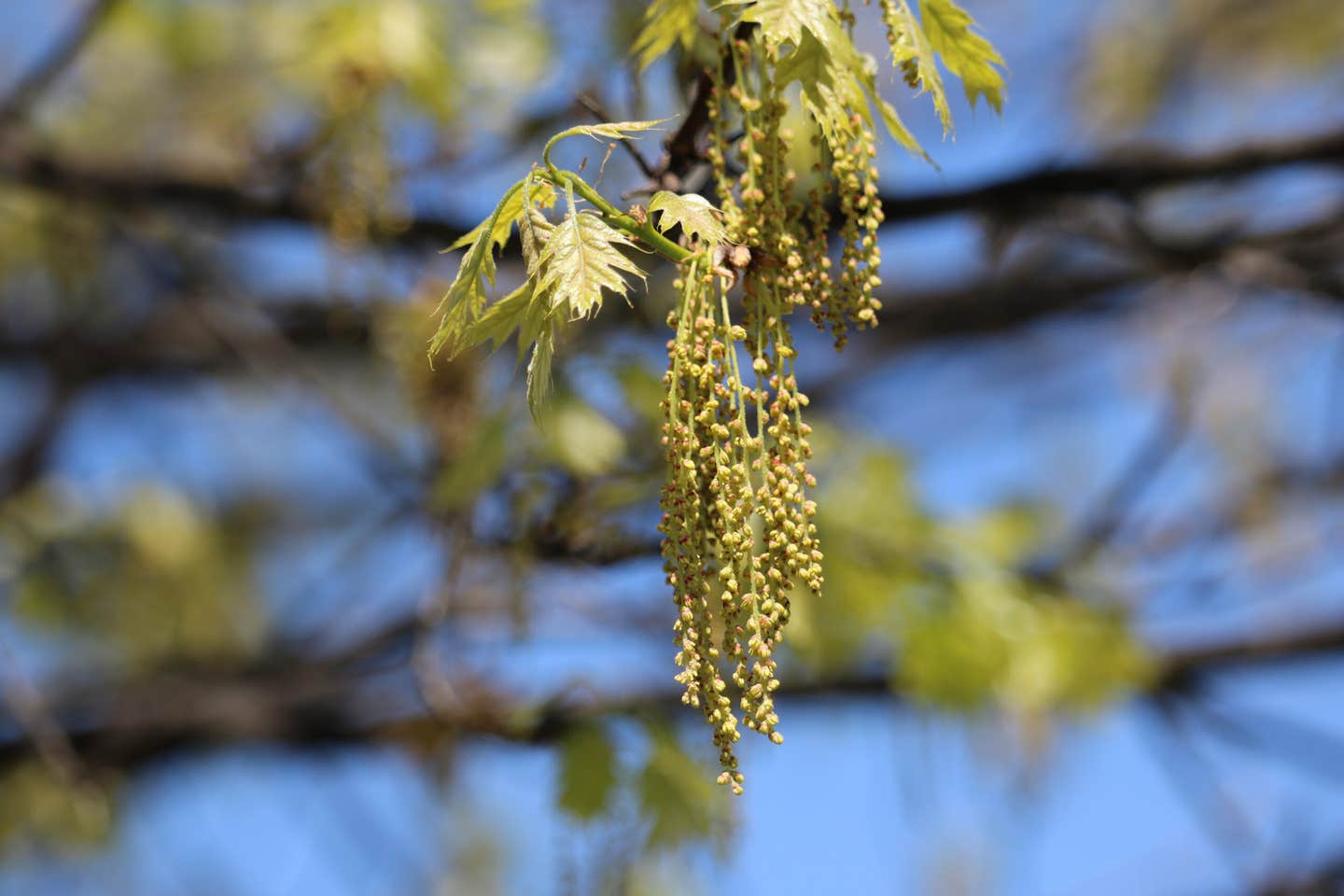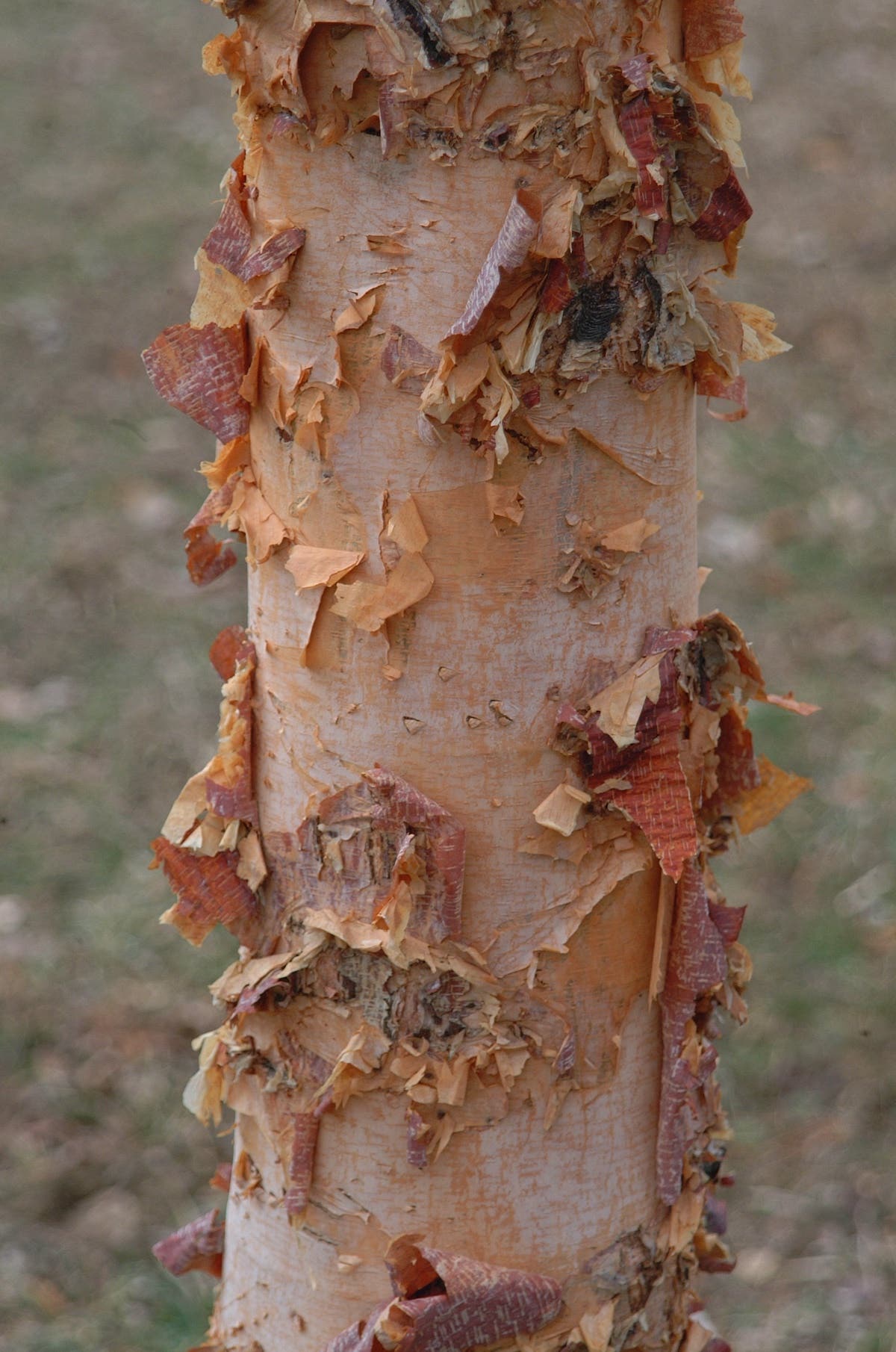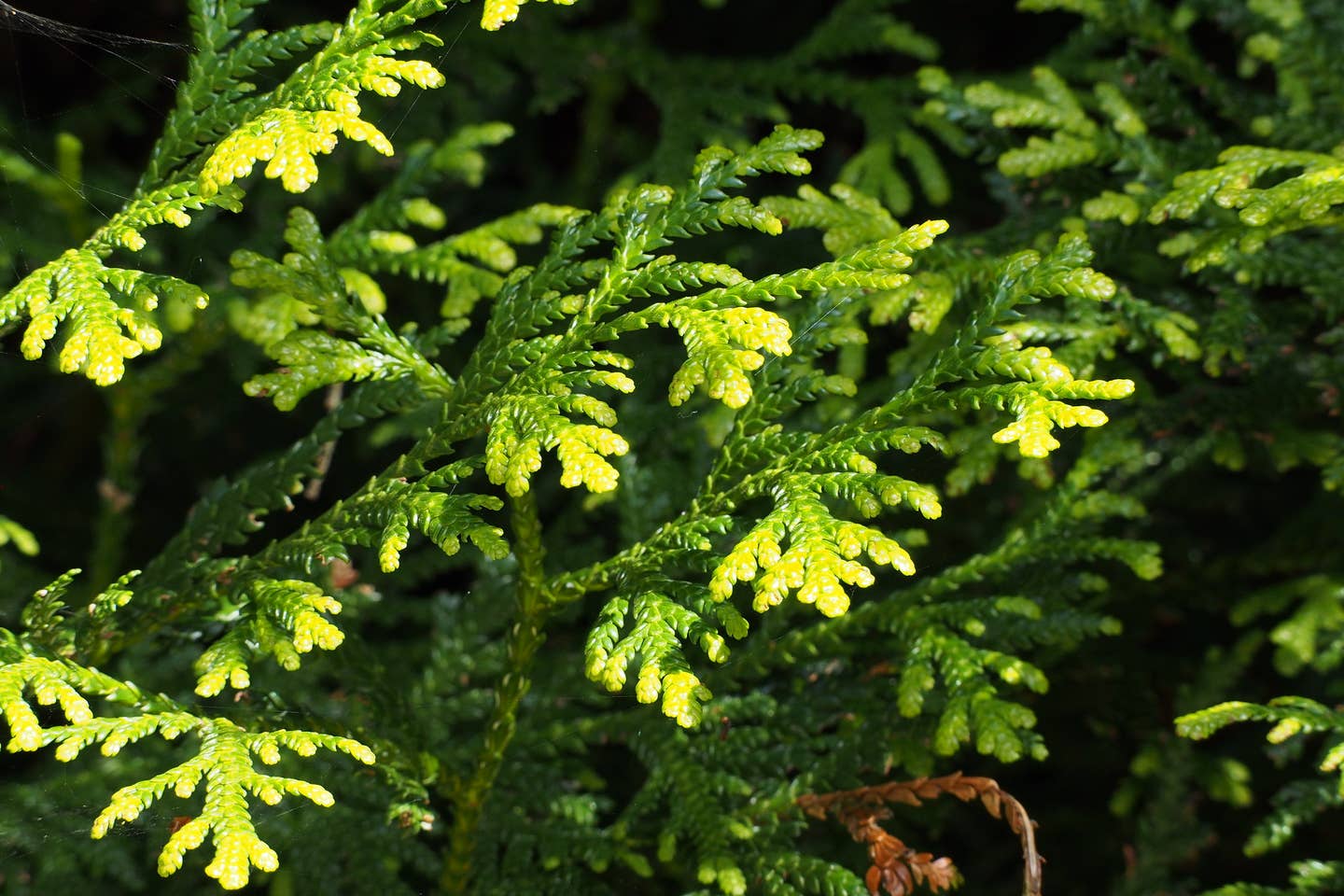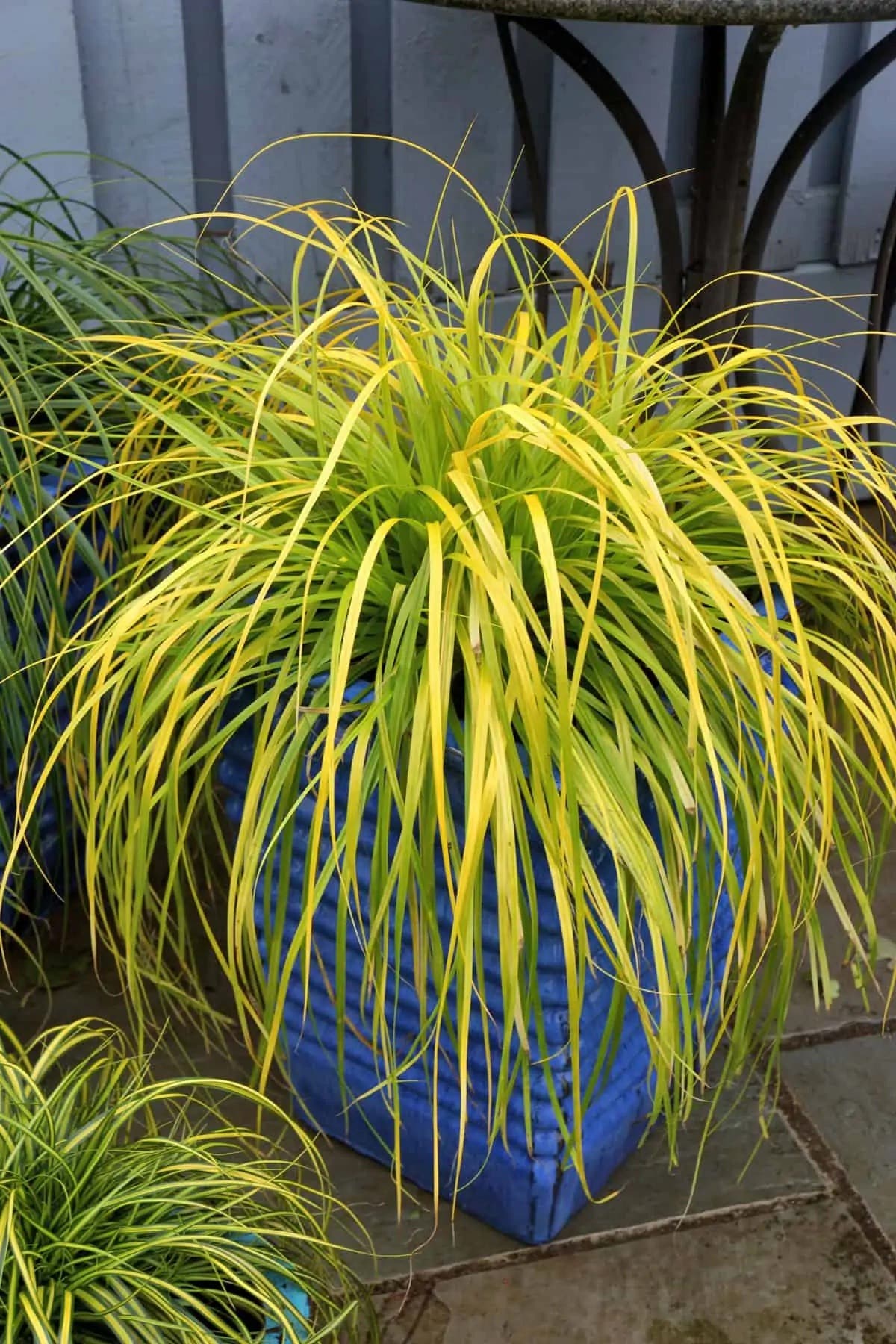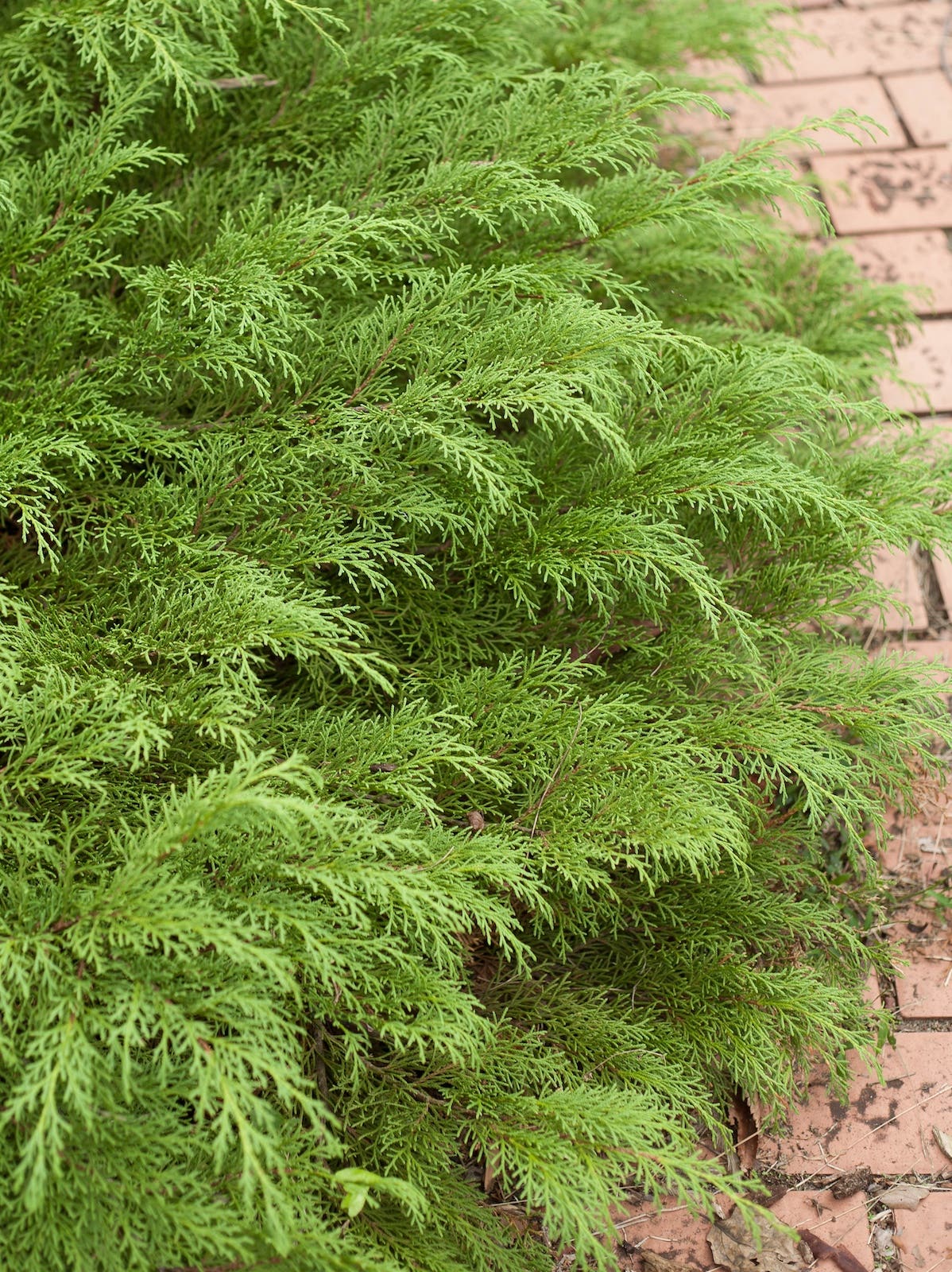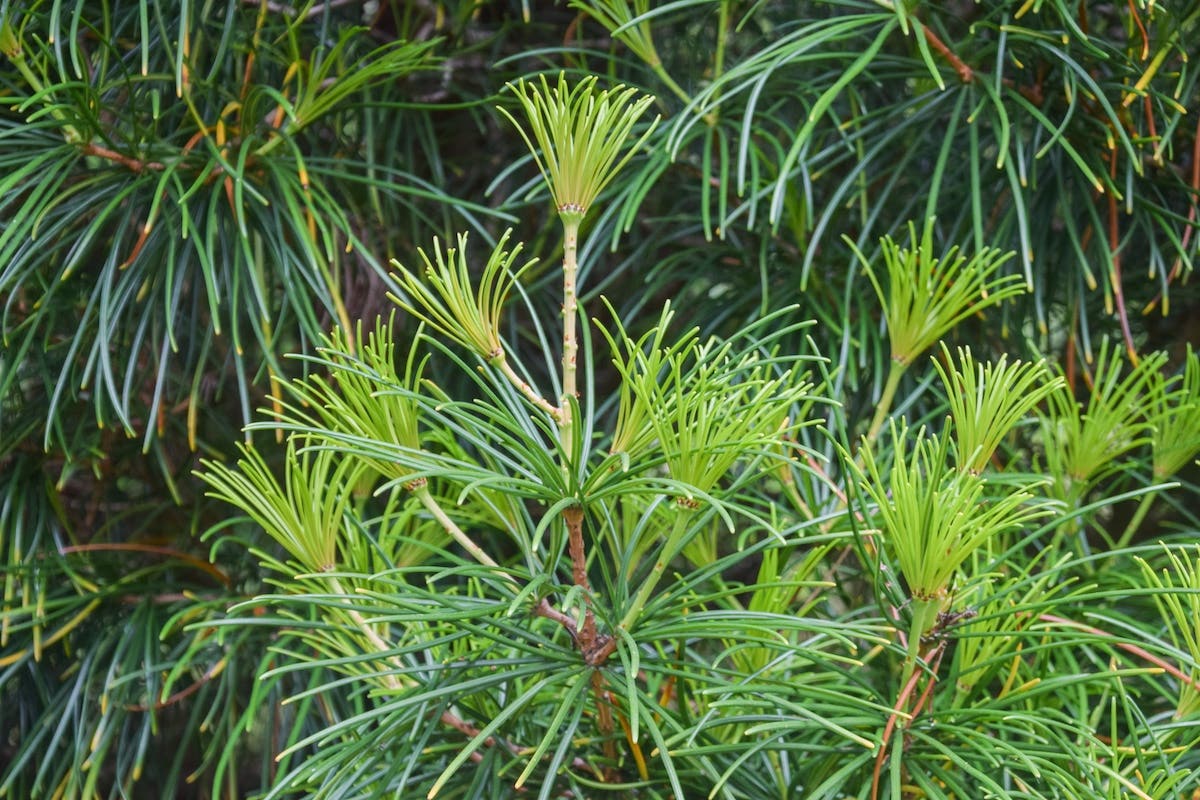Super Sedges
You can put sedges to work in a variety of landscape settings, from containers to low-maintenance groundcover plantings. Some can even be used as a no-mow substitute for turf.
Sedges are the invisible “ornamental grasses.” Their subtle beauty is often overshadowed by showy miscanthus or stately molinias. But the tough, adaptable sedges—which are not true grasses at all, but rather belong to a separate family, the Cyperaceae—deserve a second look. They excel in places where grasses seldom succeed, while offering the same fine texture and graceful motion that make grasses indispensable. You can put sedges to work in a variety of landscape settings, from containers to low-maintenance groundcover plantings. Some can even be used as a no-mow substitute for turf.
The genus Carex—which contains most of the cultivated sedges—numbers over 2,000 species. They venture into every conceivable ecosystem, from tundra to tropical rain forests. In a prairie, for example, much of the green that we see is in fact predominantly sedges. Grasslands and savannas offer a wealth of sun-loving, often drought-tolerant species. Woodlands harbor their own gardenworthy species. Wetlands are yet another major ecosystem exploited by sedges. Although most sedges have specific habitat niches, in cultivation they are adaptable to a wide range of conditions. (For USDA Hardiness Zone ratings, see the chart on page 46–47.) Despite heat and drought, they always look crisp and tidy. And though few sedges are as tough as common grasses like miscanthus, when properly sited they are quick to establish and long-lived.
DESIGNING WITH SEDGES
A well-grown sedge provides a garden with season-long texture and distinctive form. Ranging from linear and threadlike to boldly strap-shaped, sedge foliage also comes in a remarkable array of colors, from chartreuse to nearly black, and may be striped or banded in white or brilliant yellow. Many species have attractive, albeit subtle, flowers in spring or summer. Most have an upright, vaselike form, though some species form a tight, dense groundcover perfect for filling gaps between more vertical plants.
Use small, fine-textured sedges between pavers or to soften the edge of a patio. Contrast them with the bold leaves of hostas, bergenias, rodgersias, or ligularias. Use upright, vase-shaped, or widely arching selections to add height and variety to dull groundcover plantings. Sedge leaves catch the light and seem to glow when backlit by the sun. The increased popularity of water and bog gardening provides a huge canvas to be painted with colorful selections such as Bowles' golden or San Diego sedges.
SEDGES FOR VARIOUS SETTINGS
Most sedges are shade tolerant, and thus ideal for woodland gardens. I like to use variegated selections to brighten the shadows. Bedrock comes to the surface in a few spots in my woodland garden, and since rocks and sedges look great together, I have placed a number of sedges, either singly or in clumps, atop the outcroppings or within the rock crevices to create a cascading effect. One of my favorite combinations involves a drift of creamy variegated woodland sedge (C.siderosticha‘Variegata’) in front of a large patch of primrose-yellow Epimedium grandiflorum ‘Harold Epstein’ for a subtle echo, and is then jazzed up with some orange-yellow celandine poppies (Stylophorum diphyllum). For contrast I added drifts of blue woodland phlox (P. divaricata).
Bold sedges have a place in the garden, too. Fraser's sedge (Cymophyllus fraserianus), which grows in the dry, dense shade of hemlock forests, takes tolerance to an extreme. I added its spreading mounds of deep green, strappy leaves to an unirrigated portion of my garden with the upright thick-stemmed wood fern (Dryopteris crassirhizoma) to hold the spot among summer-dormant anemones at the base of a spreading ‘Primavera’ witch hazel. In another part of the garden, deep blue-gray Carex platyphylla makes a great groundcover at the base of a redbud, backed by the deep purple flowers and mottled leaves of wakerobin (Trillium cuneatum).
The so-called dead sedges of New Zealand add a unique coppery color to sunny perennial beds or conifer gardens. Their tufted to vase-shaped forms combine beautifully with the silver of artemisias such as beach wormwood (A. stelleriana) or A. ‘Powis Castle’. I have a large drift of Carex flagellifera underplanted with deep purple-leaved coral bells (Heuchera ‘Plum Pudding’) and backed by orange Agastache ‘Firebird’, which ignites the sedge's bronzed leaves to create a stunning combination.
One of the most innovative uses for sedges is as a lawn substitute. They can take light foot traffic, and only need mowing once a year. Pennsylvania sedge (Carex pensylvanica), for example, will form a dense, lawnlike groundcover in the dry, root-infested shade of mature sugar maples. On the West Coast, nurseryman John Greenlee is promoting the local native carex as a lawn substitute for his region.
Gardeners are only now beginning to discover sedges, so the hardiness of many species hasn't been fully determined. Some may prove hardier than their ostensible ratings indicate, provided they are well mulched or receive consistent snow cover. Experiment! The uses for sedges are limited only by your imagination. Take a second look at them—you'll discover many distinctive sedges to add variety and elegance to your garden.


